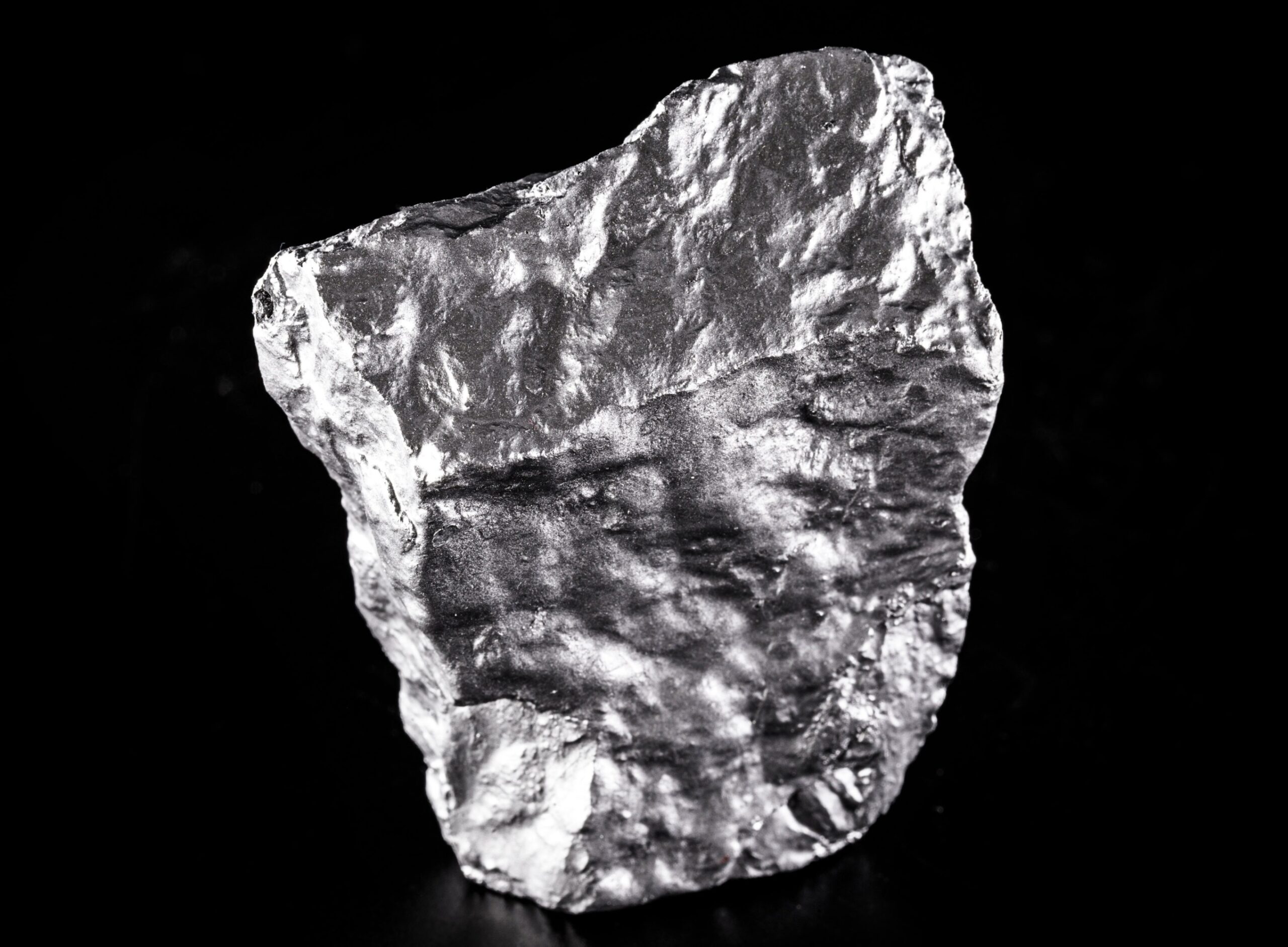Yes, we have enough materials to power the world with renewable energy
Powering the world with renewable energy will take a lot of raw materials. The good news is, when it comes to aluminum, steel, and rare-earth metals, there’s plenty to go around, according to a new analysis.
In the 2015 Paris Agreement, world leaders set a goal to keep global warming under 1.5 °C, and reaching that target will require building a lot of new infrastructure. Even in the most ambitious scenarios, the world has enough materials to power the grid globally with renewables, the researchers found. And mining and processing those materials won’t produce enough emissions to warm the world past international targets.
There is a catch to all this good news. While we technically have enough of the materials we need to build renewable energy infrastructure, actually mining and processing them can be a challenge. If we don’t do it responsibly, getting those materials into usable form could lead to environmental harm or even human rights violations.
To better understand the material demands of reaching climate targets, the researchers looked at 17 of the key materials needed to generate low-emissions electricity. They estimated how much of each of those substances would be needed to build cleaner infrastructure, and compared them to estimates of how much of those resources (or the raw materials needed to make them) are available in geologic reserves. Geologic reserves include the total material on the planet that can be recovered economically.
Most renewable technologies require some bulk materials like aluminum, cement, and steel. But others also need specialty ingredients. Solar panels run on polysilicon, while wind turbines need fiberglass for their blades and rare-earth metals for their motors.
Material requirements vary depending on what kind of new infrastructure we build—and how quickly we build it. For the most ambitious climate action scenarios, nearly 2 billion tons of steel and 1.3 billion tons of cement could be needed for energy infrastructure between now and 2050.
Production of dysprosium and neodymium, rare-earth metals used in the magnets in wind turbines, will need to quadruple over the next several decades. Solar-grade polysilicon will be another hot commodity, with the global market predicted to grow by 150% between now and 2050.
But for every scenario the team examined, the materials needed to keep the world under 1.5 °C of warming account for “only a fraction” of the world’s geologic reserves, says Seaver Wang, co-director of the climate and energy team at the Breakthrough Institute and one of the authors of the study, which was published in the journal Joule this week.
There will be consequences for digging into those reserves. The researchers found that emissions impacts from mining and processing these crucial materials could reach a total of up to 29 gigatons of carbon dioxide between now and 2050. Most of those emissions are attributed to polysilicon, steel, and cement.
The total emissions from mining and processing those materials are significant, but over the next 30 years they add up to less than a year’s worth of global emissions from fossil fuels. That up-front emissions cost will be more than offset by savings from clean energy technologies replacing fossil fuels, Wang says. Progress on cutting emissions from heavy industry, like steel and cement, could also help reduce the climate impact of setting up renewable energy infrastructure.
This study only focused on technologies that generate electricity. It didn’t include all the materials that would be needed to store and use that electricity, like the batteries in electric vehicles or grid storage.
Demand for battery materials is expected to explode between now and 2050. Annual production of graphite, lithium, and cobalt will all need to be ramped up by more than 450% from 2018 levels to meet expected demand for electric cars and grid storage, according to a 2020 study from the World Bank.
Even considering battery materials, the basic takeaway is the same, Wang says: the world’s reserves of the materials needed for clean energy infrastructure are sufficient for even the highest-demand scenarios.
Getting them out of the ground will be the tricky part. Increasing production of some materials, especially those needed for batteries, will present social and environmental challenges.

“There is an underappreciation about what needs to happen in mining,” says Demetrios Papathanasiou, global director for energy and extractives at the World Bank.
Take copper, for example: the world has mined about 700 million tons of copper since we started mining thousands of years ago. We’ll need to mine another 700 million tons just in the next three decades, Papathanasiou says, in order to meet climate targets. It’s not an issue of reserves: the minerals are there.
The problem is that mining, whether for fossil fuels or for renewable energy, can cause significant environmental harm. In the western US, for example, proposed mines for materials like copper and lithium could force Indigenous people from their lands and cause pollution.
Then there’s the labor issue. In some cases, materials today are mined by workers in unfair or exploitative working conditions. Despite efforts to ban child labor, it is still prevalent in cobalt mining in the Democratic Republic of Congo. Polysilicon processing in China has been linked with forced labor.
Figuring out how to get the materials we need to build a cleaner future without destroying people or environments in the process should be a major focus of the renewable energy transition moving forward, Papathanasiou says. “We really need to come up with solutions that get us the material that we need sustainably, and time is very short.”
